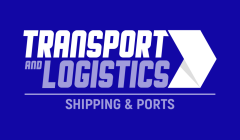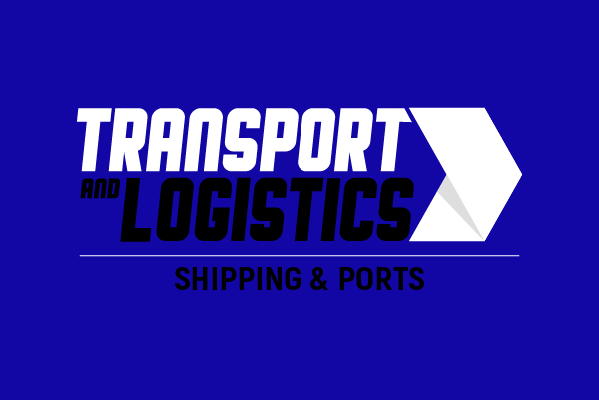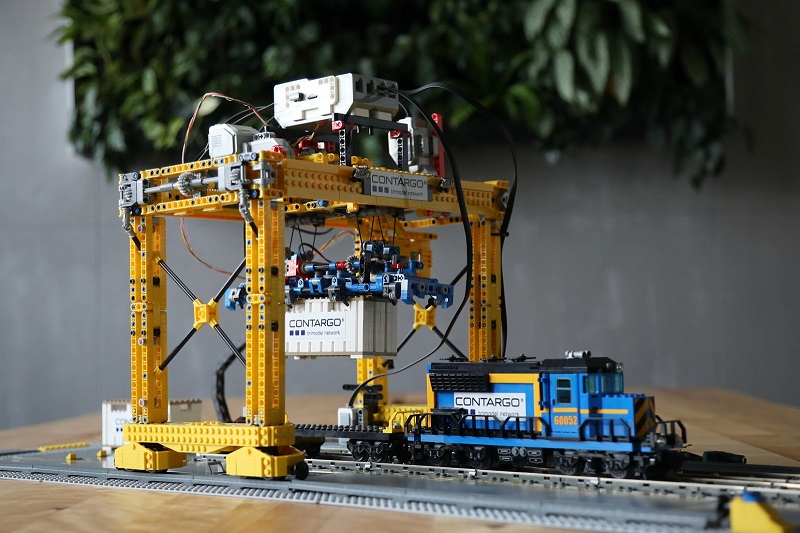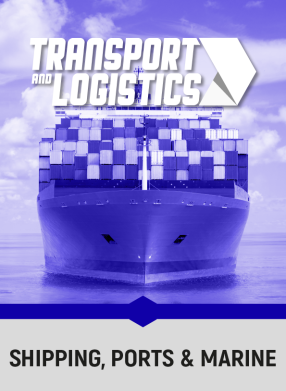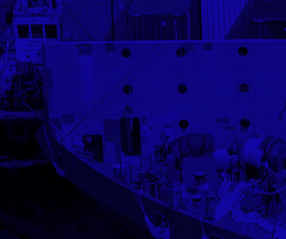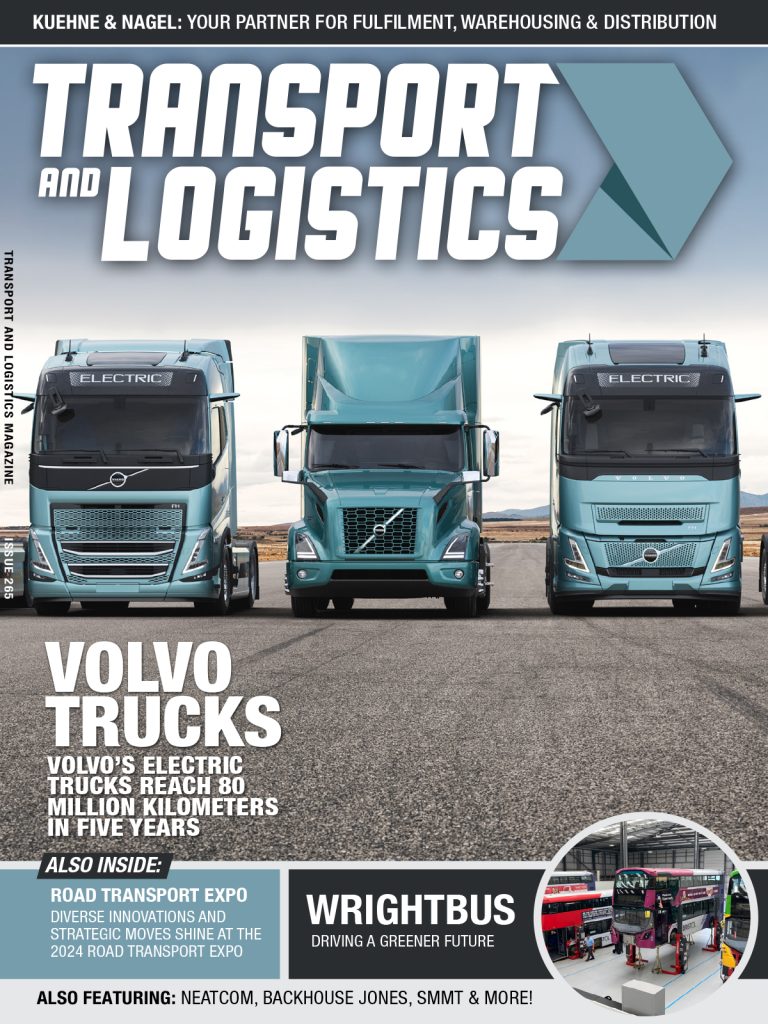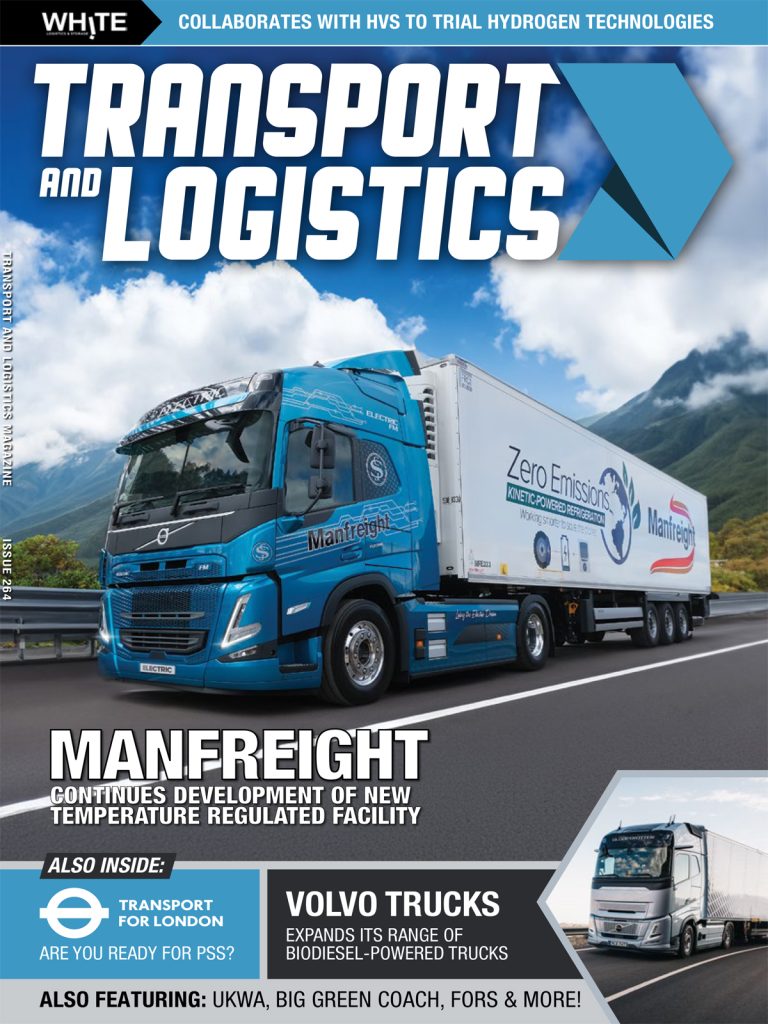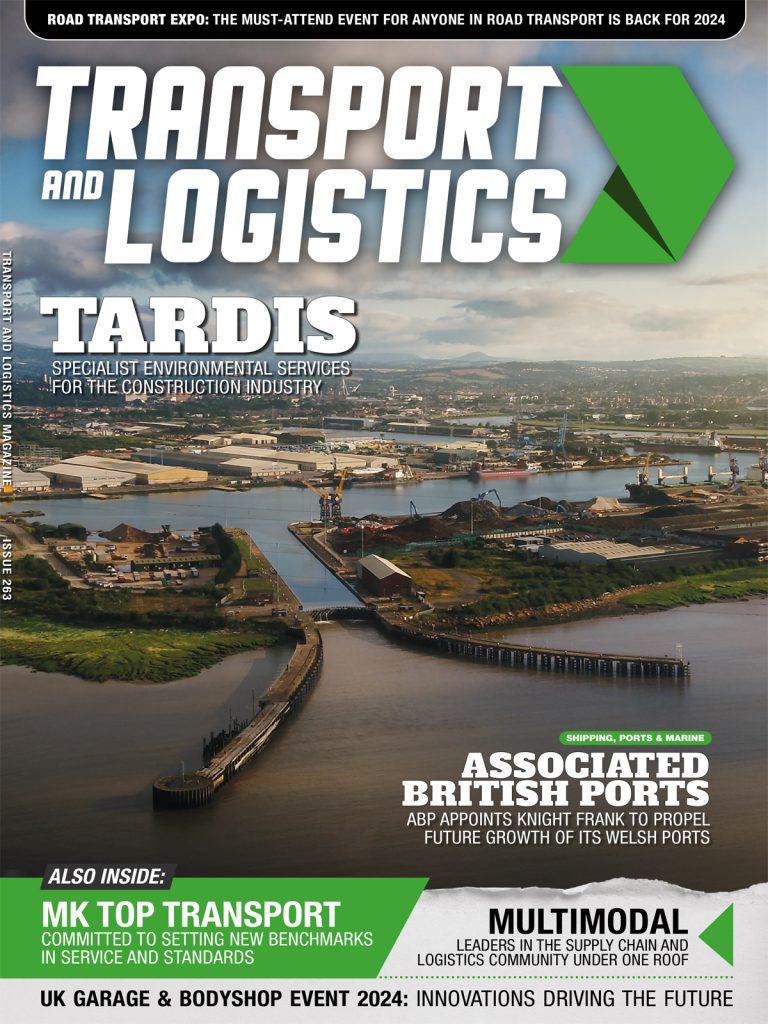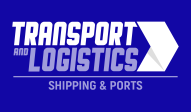Contargo, the container hinterland network, is testing out how a self-developed Terminal Operating System (TOS) can be linked to crane controls by using a model made of plastic building bricks. The solution is in the pilot phase at the moment and as soon as it becomes practically viable it will be built into the software.
In order to build a programmable model of a container crane, a team of four, consisting of Contargo personnel and colleagues from Open Source, invested two weeks’ work and a large amount of dedicated free time. In total, 2,800 bricks from the Danish company Lego were used, while for the ‘brain’ of the crane the team designed an extension to the same manufacturer’s Mindstorms EV3 module, by integrating a micro-controller compatible with the building bricks system to program the crane controls.
“As there is no official construction set for this type of container crane, we had to do a great deal of detailed research on the instructions and parts for assembly ourselves,” said Henrik Hanke, IT Manager for Software Development. “Our colleagues had a lot of fun, but the project is not just a game. It is an excellent way of simulating interfaces that will be used for crane automation, and an opportunity to learn how they can be integrated later into our TOS.”
For the Terminal Operating System, which is being tested out in practice, the Contargo IT department, together with service provider synyx, has developed an initial version that has been in use at the Coblenz container terminal of Contargo Rhein-Main GmbH since 2017. Currently, the program is being subjected to a continuous process of “inspect and adapt” to suit it even better to the daily workflows at the terminal.
The Terminal Operating System aims to help improve operational procedures at the terminal, thus stepping up handling speeds at the interfaces of the transport chain. For instance, the crane operator receives his orders directly on a tablet equipped with a self-explanatory, comfortable user interface. Machine operators can also use the tablet to call up the depot inventories of various sea carriers, resulting in fewer errors. A self-check-in for truck drivers and a gate scanner are also integrated into the system.
A total of seven steps TOS will be introduced and further developed at all the Contargo terminal over the next few months and years.
